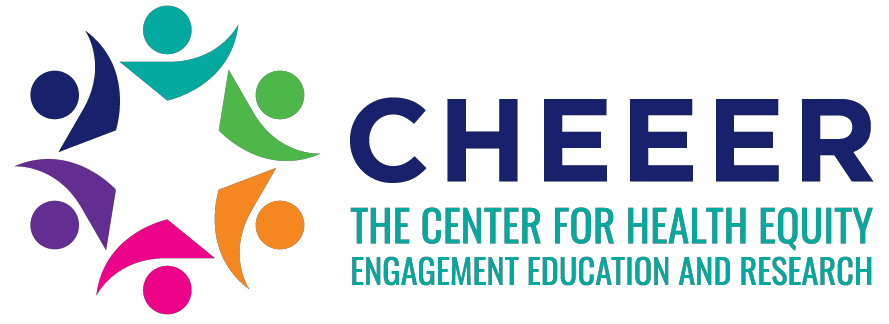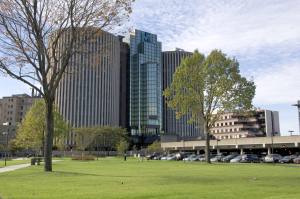By Patrick Bailey, Professional Writer
(Administrator note: This entry was submitted by a guest writer. If you would like to learn more about the author you can view his bio and other information below the entry.)
The burden of addiction falls disproportionately on certain people, on people of certain backgrounds, and in certain communities. There is tremendous corroborating evidence for this. While some politicians and even some members of the National Institute of Health may continue to think that Blacks are more likely to abuse drugs for genetic reasons—part of the justification for harsh crack cocaine penalties—rates of addiction are nearly the same for all races. However, Blacks are three times as likely to be arrested for drug use as whites. That points to the real reason. Behind all questions of race lurks the specter of class. Thinkers since Aristotle have declared poverty is the cause of crime. Certainly, there is a correlation between poverty and crime. One could argue that poverty is the only true crime in America, leading to victimization, persecution, and prosecution.
Addiction is Not Race Specific
First, let us dispose of an ancient and harmful myth. With very few exceptions, there is no racial disposition towards addiction or improper behavior when addicted. Alcoholism and drug use strike across the spectrum, affecting every one of every race, creed, color, and gender.
There may be differences in which drugs are most abused by different groups, but that’s a matter of availability and cost. The ongoing opioid crisis is largely driven by White opioid users, but no one seriously argues that whites are more likely to abuse drugs than other races.
In the era of slavery, slaves were almost universally alcoholics. Given what we know about the world at that time and their position within it, this makes perfect sense. People facing a harsh reality do whatever they can to escape it, however temporarily. As slavery was abolished and the economic burdens that came with it have slowly and partially been lifted from society, drug addictive drug use and alcoholism have decreased with it.
The high prevalence of alcoholism among the First Nations people of America (previously known as Indians, Amerinds, or Native Americans) is a similar case.
In the early days of European contact, those native to the Americas had never encountered distilled liquor before, so they had no tolerance for it. While wine and beer had been around for millennia, the process of distilling alcohol only dates back to the 13th century or so. When they drank the White Man’s strong liquor, First Nations people had a strong propensity towards alcoholism and alcohol abuse.
Although the rates of alcoholism among First Nation communities are still extraordinarily high, modern research does not find any such propensity. Possibly those with the strongest vulnerability to liquor passed away, failing to reproduce and pass on this hereditary vulnerability.
It is reasonable to surmise that the current high rates are for socioeconomic reasons instead. First Nations people are still among the poorest people in the US. It is the burdens of poverty and class oppression that it keeps them drinking too much and abusing drugs.
Poverty is the Link
Alcoholism and addiction are more or less the same from race to race, gender to gender, and person to person. What changes are the enforcement and other consequences. These consequences fall naturally upon the poorest.
As the racial stratification of America has decreased, more and more people of color achieve lasting economic stability. This success makes them less of a target for law enforcement.
At the same time, there are enormous regions—including the Deep South and Appalachia— filled with people of primarily caucasian descent who are legendary for their intake of intoxicants and addictive substances.
The unifying factor in all these cases is poverty. Poverty leads to alcoholism or drug addiction. Addiction leads to inappropriate behaviors and detrimental actions to obtain more drugs or alcohol. These often criminal behaviors draw the attention of law enforcement, which targets the poor as well. And incarceration, continued addiction, lack of accessible rehabilitation treatment, and continued poverty when released reinforces the vicious cycle.
Difficulties of Receiving Treatment When Poor
A disturbingly large portion of America has no addiction resources or rehabilitation centers for alcohol beyond the local jail. This includes most of the poor. They do not have access to comfortable, non-punitive, evidence-based programs or facilities. Instead, they are either left alone, told to go to Alcoholics Anonymous or Narcotics Anonymous—which are of some help, but seldom enough—or punished with prison.
Addiction is more easily controlled when the treatment begins early. Most prisons are not equipped to treat addiction or able to keep drugs out. A substantial black market exists within prisons.
Poverty isn’t confined to any one area. Addiction runs rampant in rural areas, poor urban areas of large cities, and suburbs whose industries have abandoned them. There are many opportunities to become addicted.
Like Prohibition before it, the War on Drugs is more interested in punishing drug use and trafficking. What’s worse, it makes procuring and selling addictive substances to others profitable. This ties poor people to addictive substances both chemically and economically.
The Way Forward
These United States of America are slowly waking up from the futile nightmare of the War on Drugs. We are slowly realizing that it was, and always has been, a war against the poor and upon ourselves.
As we begin to take cues from nations with rational programs like Portugal, we focus more on treatment and recovery than incarceration. More and more treatment resources are becoming available for the addicts among us. We are beginning to understand that it not only saves lives but money. Society benefits twice.
The change is coming but is not yet here. Until that day, it is dangerous to be poor, to be living in a poor neighborhood, and to be addicted to alcohol or any other substance.

Author Bio: Patrick Bailey is a professional writer mainly in the fields of mental health, addiction, and living in recovery. He attempts to stay on top of the latest news in the addiction and the mental health world and enjoy writing about these topics to break the stigma associated with them.
Website / Blog URL: http://patrickbaileys.com
Twitter: https://twitter.com/Pat_Bailey80
LinkedIn: www.linkedin.com/in/patrick-bailey-writer

